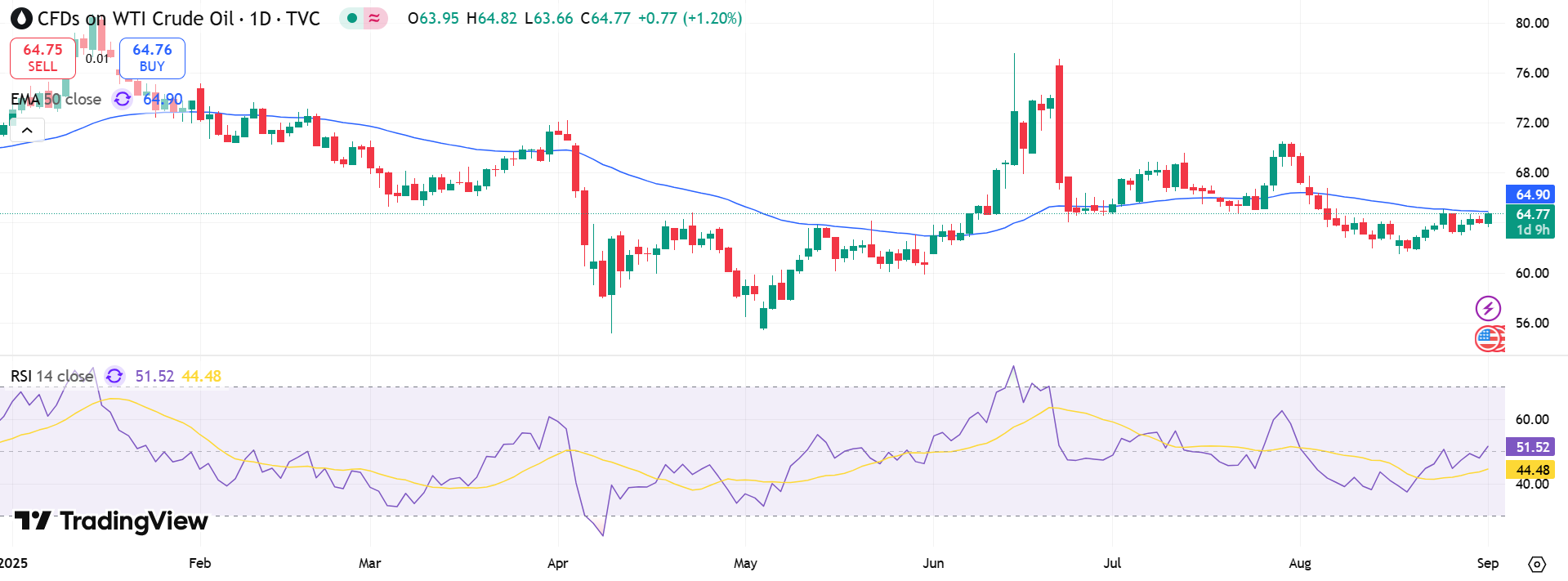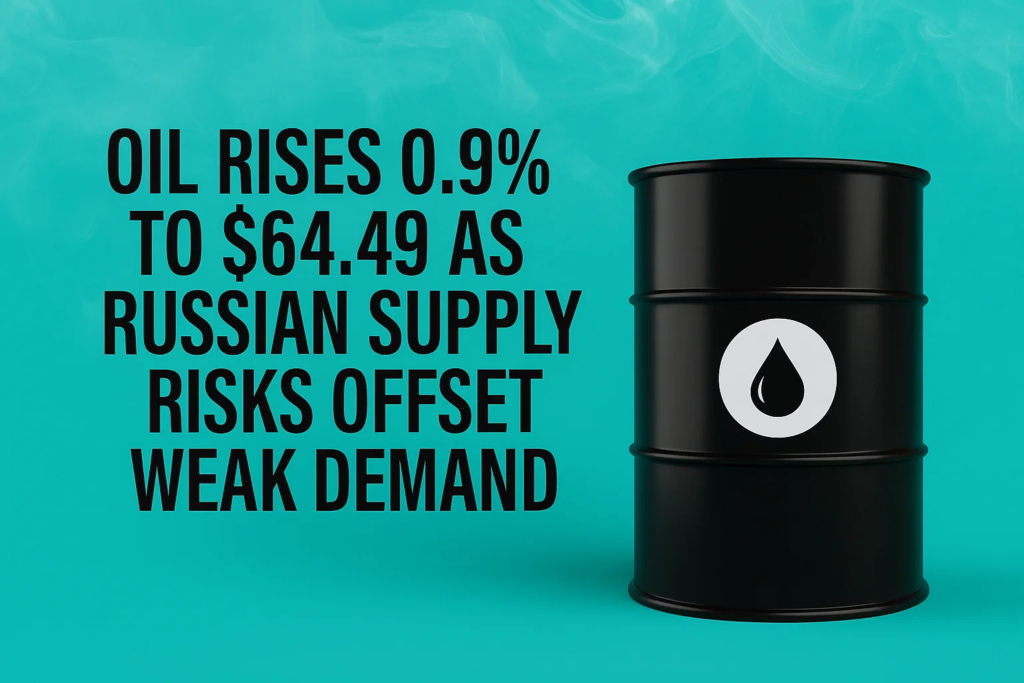Oil prices strengthened in early European trading on Monday, recovering modestly from steep August declines. Brent crude for October delivery rose 0.8% to $68.03 a barrel, while West Texas Intermediate gained 0.9% to $64.49. Both benchmarks had fallen more than 7% last month, pressured by rising supply from OPEC+ producers.
The rebound comes as investors weigh renewed geopolitical risks tied to the Russia-Ukraine conflict. Airstrikes targeting energy infrastructure in recent weeks have fueled concerns that Russian oil exports could face disruption. Ukrainian President Volodymyr Zelensky vowed retaliation for drone strikes on power facilities, highlighting the fragility of regional supply stability.
Sanctions and Political Uncertainty
Market sentiment has been tempered by skepticism over new sanctions. While European leaders have pushed for secondary restrictions on buyers of Russian energy, the muted reaction in oil prices suggests traders are increasingly discounting the threat. Analysts at ING noted the market “appears more numb toward sanction risks,” reflecting a belief that measures may have limited practical impact.
Diplomatic uncertainty also lingers. Hopes for progress in the long-running conflict faded last month when U.S. President Donald Trump proposed direct talks between Zelensky and Russian President Vladimir Putin before considering a trilateral summit in Washington. The absence of movement on negotiations has left traders cautious about the trajectory of regional supply.
Demand Outlook Remains Mixed
Beyond geopolitics, fundamentals are shaping market direction. Seasonal demand in the U.S. is set to ease with the close of the summer driving season, traditionally a peak period for fuel consumption. Additional production from OPEC+ in the coming months could further pressure balances if global demand fails to accelerate.
China’s economic signals remain uneven. The country’s official manufacturing Purchasing Managers’ Index contracted again in August, suggesting persistent headwinds. Yet a separate survey compiled by S&P Global pointed to the fastest factory rebound in five months, injecting some optimism into demand forecasts.

Key factors traders are watching:
- U.S. demand: Expected slowdown post-driving season.
- OPEC+ output: Continued monthly increases risk oversupply.
- China’s economy: Conflicting data clouds demand outlook.
- Russia-Ukraine conflict: Infrastructure attacks threaten supply.
Oil markets now face a delicate balance between potential supply disruptions and structural concerns about consumption, leaving prices sensitive to both political developments and economic signals.


